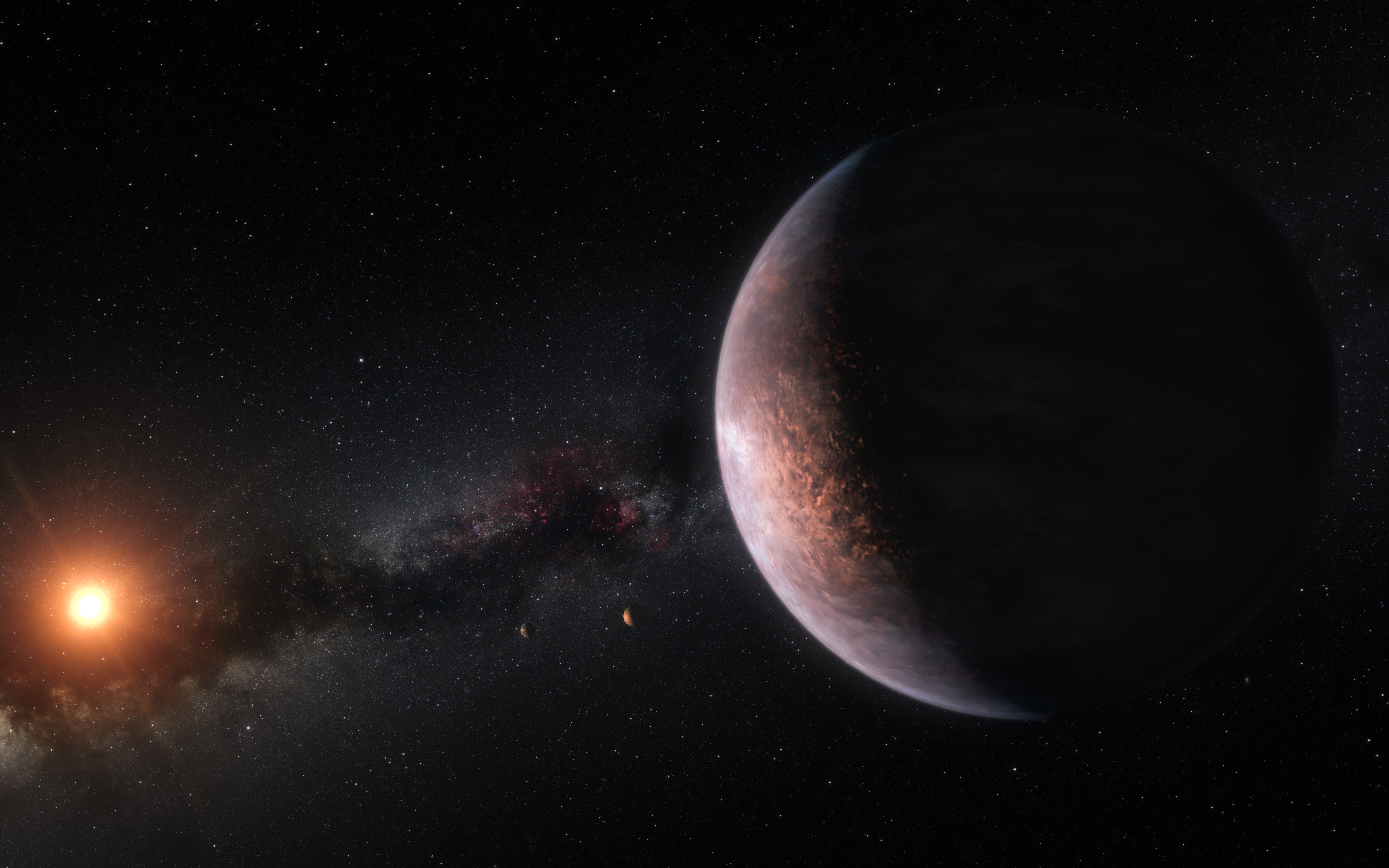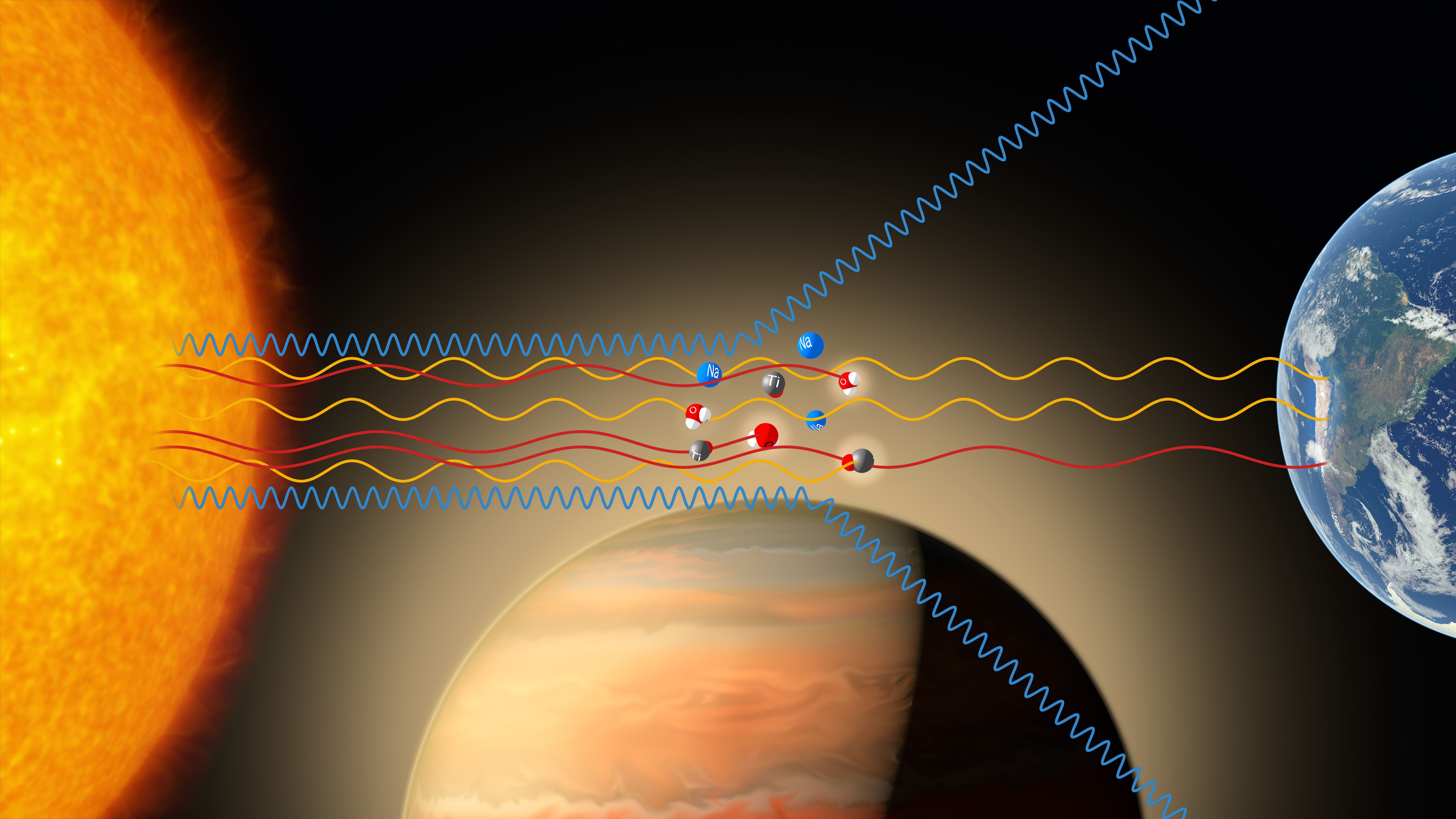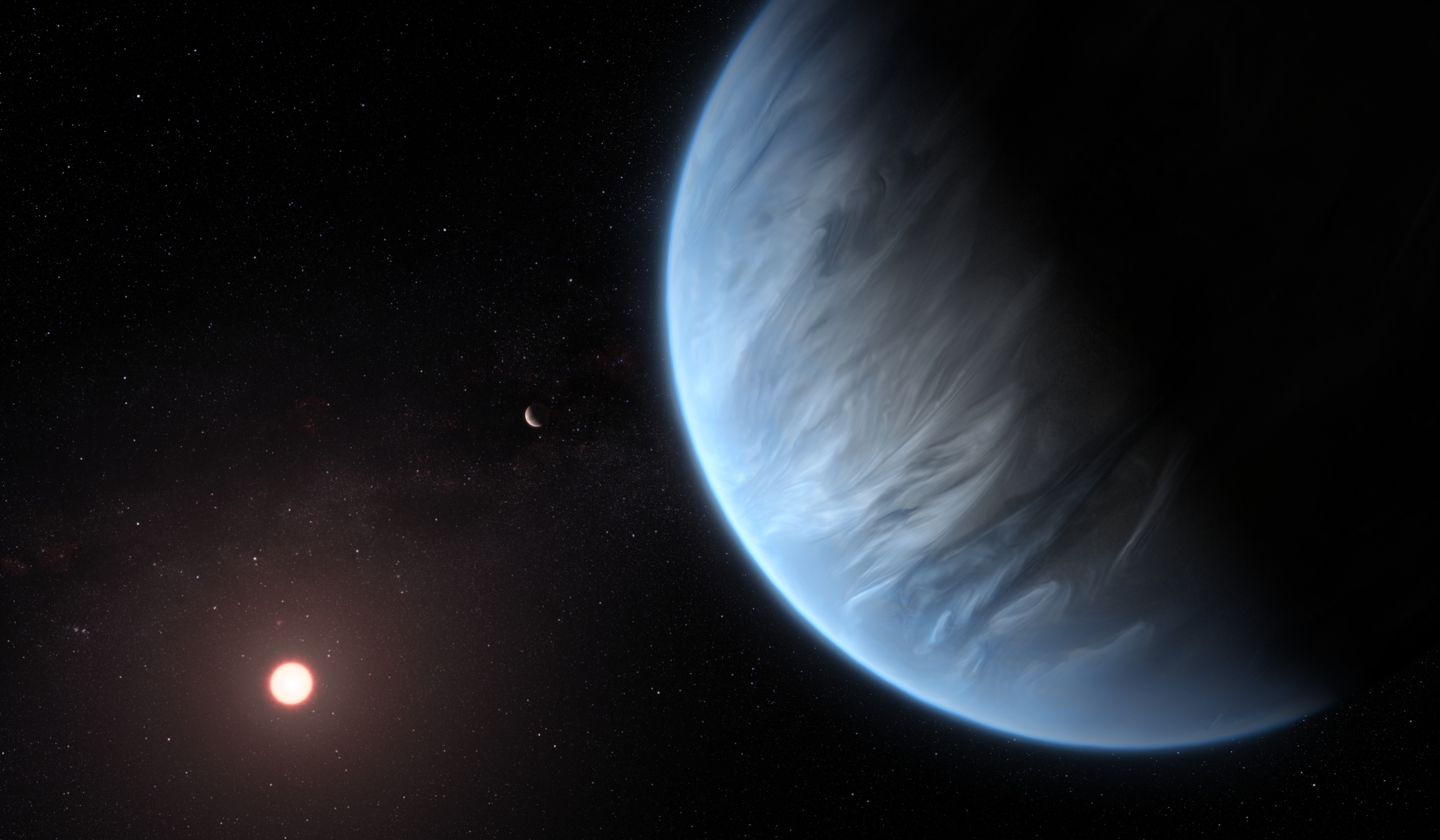My name is Liton Majumdar, and I am a faculty member at India’s first multidisciplinary and interdisciplinary
School of Earth and Planetary Sciences (SEPS), a unique center that brings together
Astrophysics, Planetary Science, and Earth Science at the
National Institute of Science Education and Research (NISER), Bhubaneswar, Odisha, India,
where I lead the Exoplanets and Planetary Formation Group and explore how planets are born and how they evolve. I also hold a
Visiting Scientist position at the
NASA Jet Propulsion Laboratory, California Institute of Technology
in Pasadena, California, USA.
Our research lies at the intersection of exoplanetary atmospheres, astrochemistry, planet formation,
and exoplanetary interiors. We aim to unravel the physical and chemical processes in protoplanetary disks,
trace the pathways of planet formation, and characterize the atmospheres and interiors of distant exoplanets. I am also actively engaged in developing and
applying machine learning techniques, particularly deep learning, to study exoplanetary atmospheres.
By using large datasets from missions such as the James Webb Space Telescope (JWST) together with high-resolution grids of theoretical
models, my group and I are working to advance the characterization of planets beyond our solar system.
Our group develops state-of-the-art forward and retrieval models for exoplanetary atmospheres
NEXOTRANS
and planetary interiors
SERPINT.
We use these tools with
JWST
observations to study atmospheric diversity and its links to interior structure. In parallel, we investigate planet formation by modeling the physical processes that
shape the chemical diversity of protoplanetary disks. Our thermochemical disk model
PEGASIS
and disk emission retrieval framework
DRive
are combined with high-resolution observations from
ALMA
to quantify the reservoirs of key volatile elements that feed forming planets. By linking atmospheric insights from
JWST
and
NEXOTRANS
with disk chemistry and physics constrained through
ALMA,
DRive,
and
PEGASIS,
we work toward a unified understanding of how initial disk conditions shape the atmospheric compositions of exoplanets and how those compositions reveal the
processes of planet formation. This strategy allows us to study the problem from both directions: from disks to planets and from planets back to their origins.
I am also actively involved in the development of future space and ground observatories.
I collaborate with the
NASA Habitable Worlds Observatory (HWO)
and the
ESA Large Interferometer for Exoplanets (LIFE),
as well as next-generation ground-based facilities such as the
Extremely Large Telescope (ELT),
Thirty Meter Telescope (TMT), and the
Square Kilometre Array (SKA).
I serve on the steering committee of the
HWO Science Working Group,
with a focus on the origin and evolution of planetary systems (HWO SSIC Birth and Evolution).
This NASA-selected team refines the mission’s science priorities, guided by recommendations from
Astro2020,
and helps define the scientific goals and objectives of the observatory.
In parallel, I am actively involved with an Indian consortium as a core science team member of a proposed dedicated Indian space
mission, ExoWorlds,
which is focused on the atmospheric characterization of exoplanets beyond the era of JWST. This mission aims to contribute significantly
to our growing understanding of how exoplanetary systems form, evolve, and potentially harbor life.



